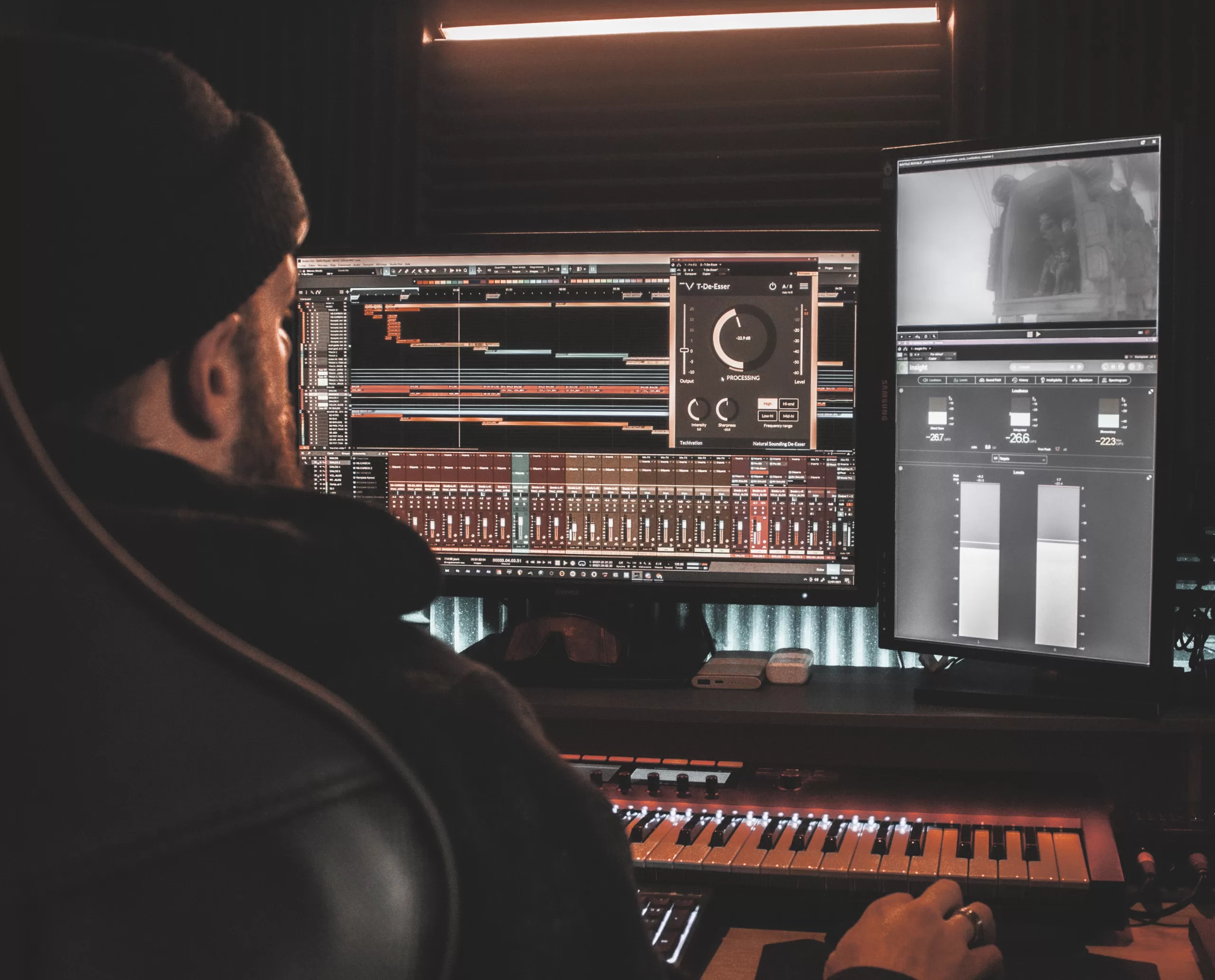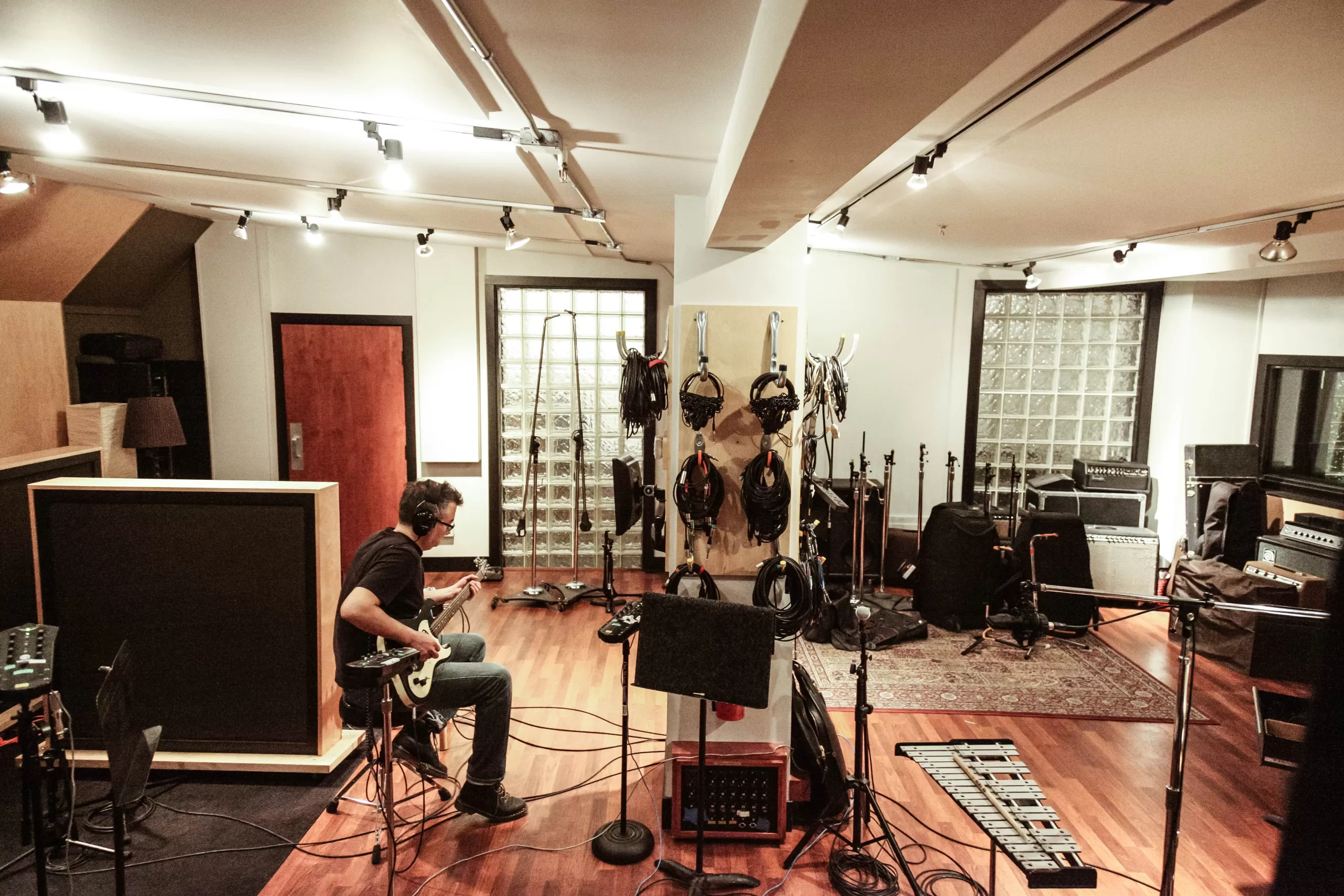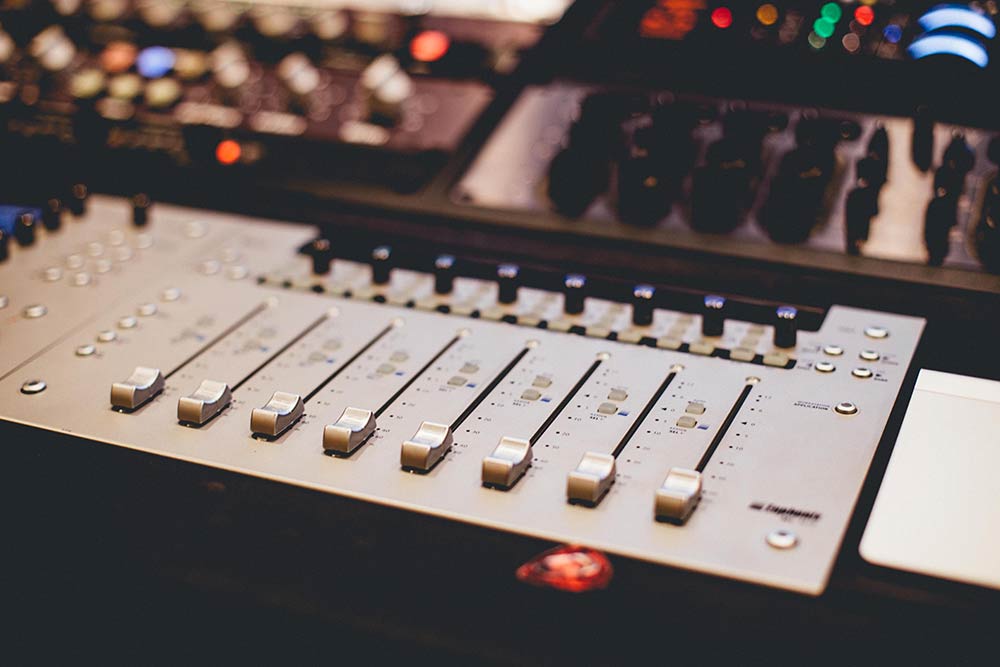EQ, or equalization, is an essential tool in music production that allows you to adjust the balance of frequencies in a mix. It is used to shape the sound of individual tracks and create a cohesive overall mix. In this article, we will discuss the importance of EQ in music production and how to use it to shape your sound.
The first step in using EQ effectively is understanding the different frequency ranges and what they are used for. The low frequencies, also known as bass, are typically used for drums and bass instruments. Mid-range frequencies, or mids, are used for vocals and most instruments. High frequencies, or treble, are used for things like cymbals and high-pitched instruments.
One of the most important uses of EQ is to balance the frequencies of different tracks in a mix. For example, if a vocal track is competing with a bass track for the same frequency range, using EQ to cut some of the low frequencies in the vocal track will help them sit better in the mix. EQ can also be used to enhance the presence of certain instruments or vocals in the mix by boosting their frequency range.
Another important use of EQ is to fix problem frequencies in a track. For example, if a bass guitar track has a boomy low-end frequency, using EQ to cut that frequency can help clean up the mix. Similarly, if a vocal track has a nasal quality, cutting the mid-range frequencies can help remove that nasal quality.
EQ can also be used to create a sense of space in a mix. By cutting certain frequencies in certain instruments, you can create room for other instruments to occupy that frequency range. This can help create a more open and dynamic mix.
When using EQ, it’s important to keep in mind that less is often more. It can be tempting to boost or cut frequencies to the extreme, but this can result in an unnatural and unbalanced mix. Instead, start with small adjustments and listen to the changes in the mix before making further adjustments.
A great way to use EQ is to use a reference track, which is a song in the same genre as yours, and use it as a reference while mixing. This will help you achieve a similar sound and balance. Another tip is to use a visual EQ, such as a graphic EQ, which allows you to see the frequencies and make adjustments based on what you see.
Another important technique to master when using EQ is filtering. Filtering is the process of removing specific frequencies from a track. High-pass filtering is used to remove low frequencies, while low-pass filtering is used to remove high frequencies. This can be useful for cleaning up a mix and removing unwanted frequencies.
Another type of filter is the band-pass filter, which allows you to remove a specific range of frequencies. This can be useful for removing a specific problem frequency in a track. For example, if a snare drum track has a ringy quality, you can use a band-pass filter to remove the specific frequency range that is causing the ringing sound.
EQ can also be used creatively to add character and interest to a mix. For example, you can use EQ to create a “telephone” effect on a vocal track, by cutting the high frequencies and boosting the low frequencies. This can create a unique and interesting sound that can add depth and character to a mix.
It’s also important to note that different instruments and vocals have their own unique frequency ranges, so it’s important to know the characteristics of each one in order to use EQ to your advantage.
Another tip is to use EQ in conjunction with other effects such as compression and reverb to enhance the overall sound of your mix. Compression can add punch and power to your mix, while reverb can add a sense of space and depth. By using EQ, compression, and reverb together, you can create a more polished and professional sound.
Finally, it’s important to remember that EQ is not a one-time adjustment. The sound of a mix can change as it progresses, so it’s important to go back and make adjustments as needed.
In conclusion, EQ is a powerful tool in music production that allows you to shape the sound of your tracks and create a cohesive overall mix. By understanding the different frequency ranges, how to use EQ to balance and fix problem frequencies, and how to use EQ creatively, you can take your mixes to the next level. Remember to use EQ sparingly, and always listen to the changes in the mix before making further adjustments. With practice and patience, you will master the art of EQ and be able to shape the sound of your productions to perfection.




